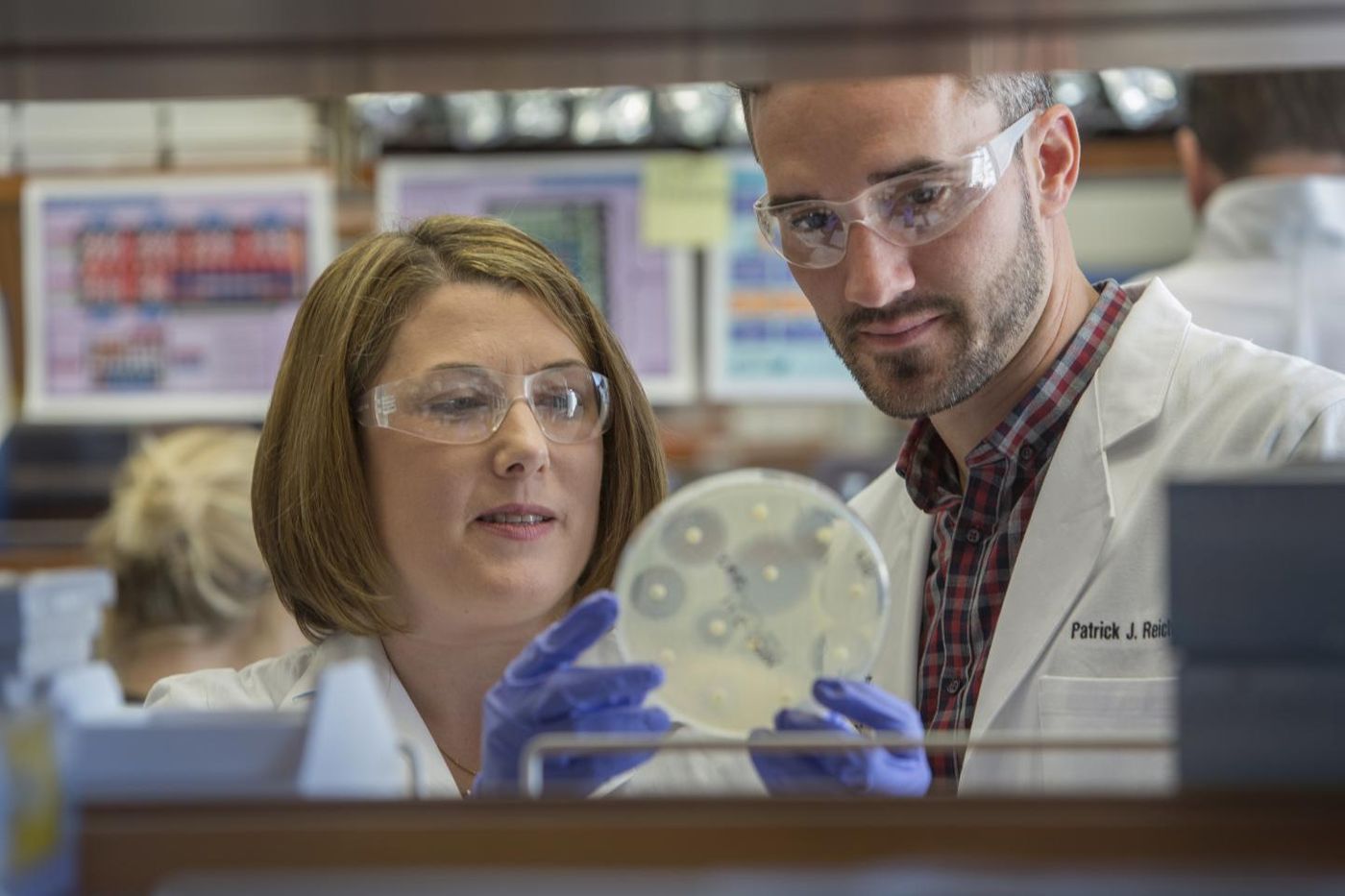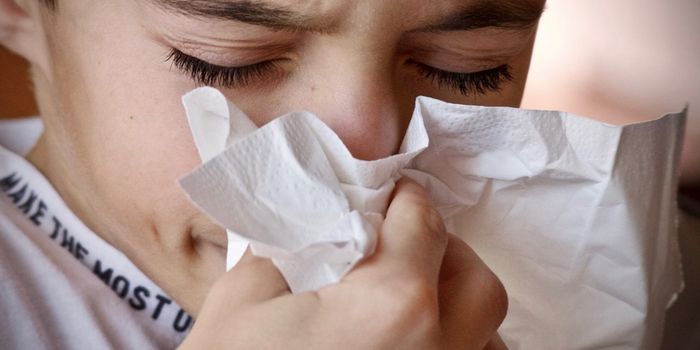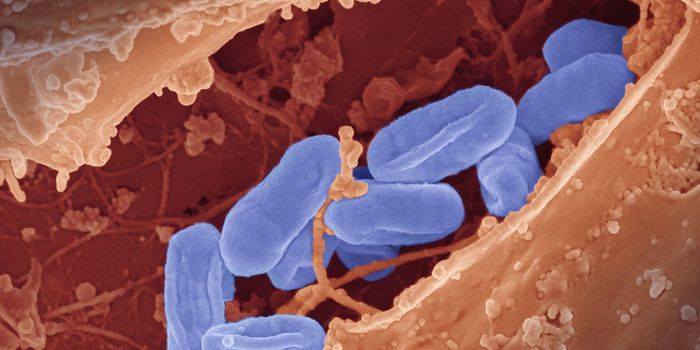Understanding How a Superbug Spreads in the Home
Superbugs, which are pathogens that are resistant to the effects of antibiotics, are a rising threat to human health. These pathogens are growing increasingly common because of the overuse and misuse of antibiotics, which help microbes evolve resistance. One such superbug, methicillin-resistant Staphylococcus aureus (MRSA, outlined in the video) was once rare, but it now kills around 20,000 people every year. People who have been infected with MRSA are also more likely to get reinfected.
Researchers have now learned more about how MRSA gets into household environments, and how it can spread there between humans and pets. By learning more about how this transmission occurs, scientists can help stop that from happening. The findings have been reported in The Lancet Infectious Diseases.
"The household environment plays a key role in the transmission of MRSA in the community setting," said the senior author of the study, Stephanie A. Fritz, MD, a Washington University in St. Louis associate professor of pediatrics in the Division of Pediatric Infectious Diseases. "This suggests that aggressive attempts to rid MRSA from household surfaces may significantly lower the number of MRSA infections we're seeing now.
Staphylococcus aureus, also called staph, is a normal part of the microbial community that lives in and on humans; it usually resides on the skin of about a third of the population. It can spread to others by skin-to-skin contact, or when contaminated surfaces are touched. If the microbe causes an infection, it can look like a bug bite filled with pus. However, more serious infections that enter the bloodstream or organs can be very serious and may lead to death.
In this research, the scientists assessed 150 households in which there were kids around age three that had been treated for staph infections but were healthy otherwise. During a one-year period, the homes were visited five times by the researchers, who collected swabs from people and pets. MRSA was found on nearly half of the 692 people in the study, and on a third of the 154 cats and dogs over that year.
"It wasn't just one patient who would get a staph infection but multiple members of a family," said Fritz, who treats patients at St. Louis Children's Hospital. "Within a year, we'd see many patients return with recurring infections. We felt it was necessary to focus on the specific role that household environments play in MRSA acquisition and transmission."
What the researchers learned about pets surprised them. "It's sometimes thought that cats and dogs spread harmful germs," Fritz said. "We thought they might be a reservoir for the staph germ and play a role in its spread. But our study showed that cats and dogs were more likely to get staph from humans than the other way around."
The scientists also tested 21 household surfaces, including faucets, bedsheets, and remote controls. A molecular analysis allowed the researchers to look at how 3,819 specific strains were transmitted.
"Previous studies have not distinguished between staph strains," Fritz said. "By parsing it out, we were able to determine different risk factors for how the staph germ gets into the house and then, once there, how it is spread. The prevailing wisdom is that staph is transmitted from person to person, and that is often true. But our study shows that the household environment also serves as a key reservoir for ongoing staph transmission. In fact, there were a number of instances in which the environment was the only potential source for transmission.
"Household acquisition of MRSA is driven equally by the introduction of new staph strains into a home and transmission of established strains among family members within a household," Fritz added.
The scientists also analyzed the personal habits of the study participants. They found that people who wash their hands frequently were less likely to introduce staph into the home, and kids in daycare were more likely to do so. MRSA transmission was more likely when environmental surfaces were contaminated, and more likely in houses with more grime, odor, and clutter. MRSA was also more likely to spread in crowded or rented homes, and when people share beds, towels, razors, and toothbrushes.
Showering instead of taking a bath, brushing teeth twice a day or more and antibacterial soaps reduced the likelihood of transmission.
"It's not a good idea to share personal hygiene items," said study co-author Patrick Hogan, a clinical research specialist at the School of Medicine. "However, the biggest take home, as cliché as it may sound, is to wash your hands frequently. It offers the best protection from acquiring MRSA."
Sources: AAAS/Eurekalert! via Washington University in St. Louis, The Lancet Infectious Diseases









